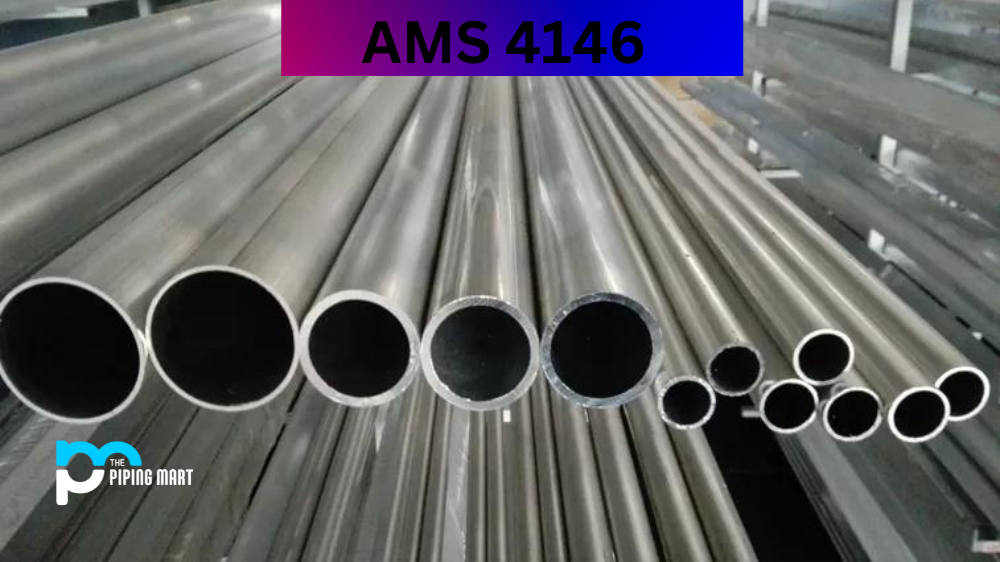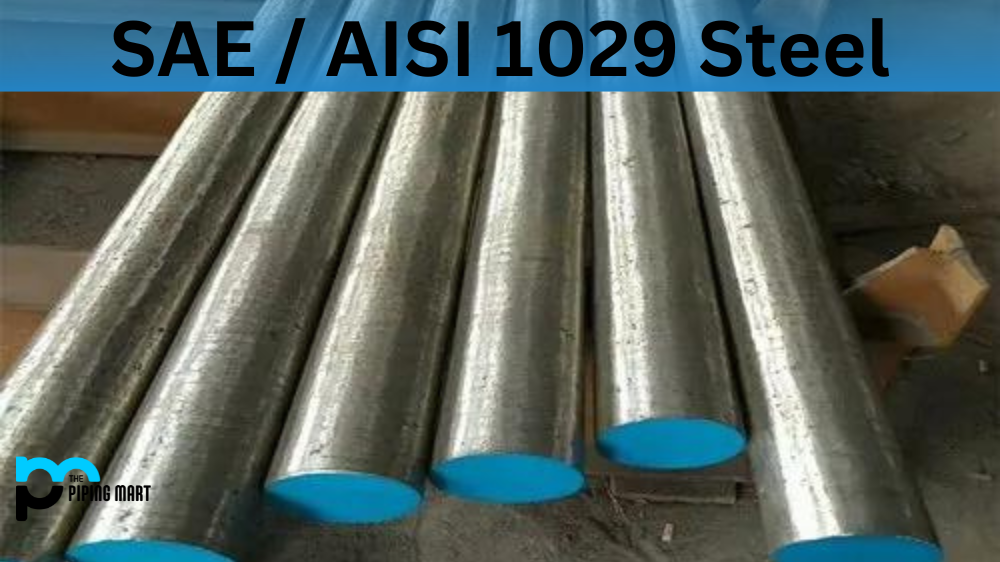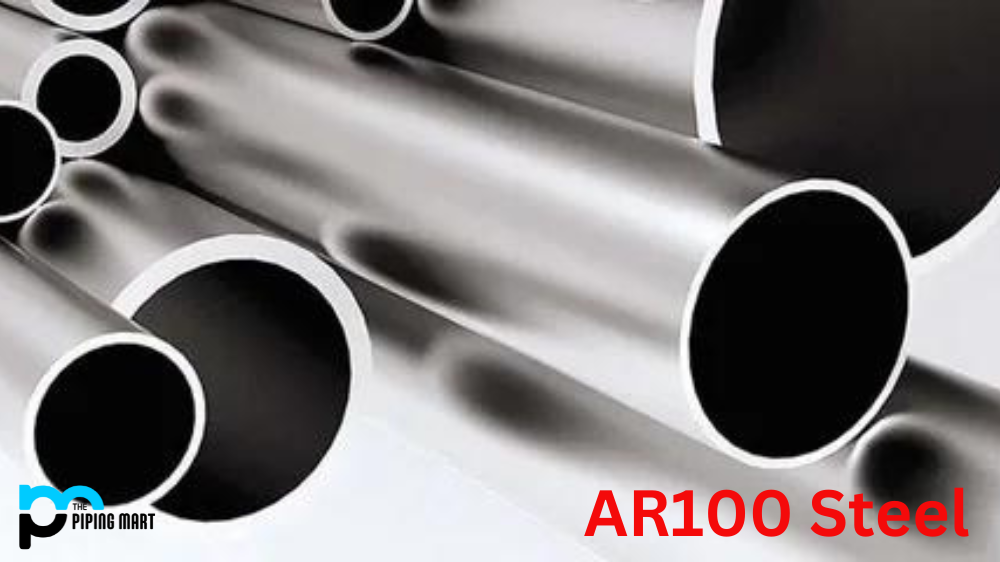AMS 4146 is a specification for an aluminium alloy known for its excellent resistance to corrosion, good strength, and superior machinability. It’s a popular material used in various industries, including aerospace, marine, and automotive. This blog post will look closely at AMS 4146, including its composition, physical and mechanical properties, hardness, heat treatment, and applications.
What is AMS 4146?
AMS 4146 is a specification for using epoxy and phenolic-resin-impregnated carbon and graphite cloths to produce aircraft parts. This specification sets forth requirements for such cloths for up to 350°F curing temperature composites. Furthermore, it outlines the mechanical properties, including the pressure-indentation resistance, interplay shear strength, and compressive strength of these cloths. Implementing the AMS 4146 specification ensures that the carbon and graphite cloths used in aircraft part production are of the highest quality and meet the stringent standards necessary for safe and efficient aircraft operation. This is an essential specification that all those involved in the aviation industry should understand and follow if they hope to provide the highest level of safety for aircraft and their passengers.
AMS 4146 Composition
AMS 4146 is a wrought aluminium alloy comprising 5.6% to 6.1% copper, 0.40% to 0.7% magnesium, 0.5% maximum of iron, 0.50% maximum of silicon, 0.25% maximum of zinc, and other trace elements. Its chemical composition makes it highly resistant to corrosion and provides good strength, especially at high temperatures.
AMS 4146 Physical Properties
AMS 4146 has a density of 2.76 g/cm3 and a melting range of 551-638°C. Its thermal conductivity is 134 W/mK, making it an excellent conductor of heat. It has a 200°C cold water quenching rate of fewer than 30 seconds, which can be improved with artificial ageing.
AMS 4146 Mechanical Properties
AMS 4146 has a tensile strength of 460 MPa, yield strength of 410 MPa, and an elongation of 6%. Furthermore, its fatigue strength is around 120 MPa. Its high mechanical performance characteristics make it well-suited for numerous applications that require toughness and high strength, especially in corrosive or high-temperature environments.
AMS 4146 Uses
Due to its excellent properties, AMS 4146 is widely used in various industrial applications, such as aerospace parts, gas turbine engine components, marine hardware, and automotive parts. For instance, it’s used to manufacture hydraulic system components for aircraft and high-speed rotor blades. Additionally, the alloy is used to create fasteners, screws, and rivets.
AMS 4146 Hardness
AMS 4146 has an excellent hardness range of 120-140 HB. Its strong surface finish makes it perfect for machining and other metalworking practices. Furthermore, heat treatment can increase its hardness, making it perfect for use in high-temperature and high-stress applications.
AMS 4146 Heat treatment
AMS 4146 heat treatments can include either artificial ageing or solution heat treatments. The heat treatment is used to improve the mechanical properties of the alloy, particularly high-temperature strength. The alloy can gain additional strength and hardness when NDT is tested, and the mechanical properties of the alloy remain stable at higher rates.
Conclusion:
AMS 4146 material is an incredibly versatile aluminium alloy with excellent corrosion resistance, strength, machinability, and other critical properties. Its predominant uses include aerospace parts, gas turbine engine components, and automotive parts. AMS 4146 can also be heat-treated to improve its mechanical properties and easily machined due to its excellent hardness range. So if you’re in the market for a robust and versatile alloy, AMS 4146 is an excellent choice for projects that require both durability and strength.

A passionate metal industry expert and blogger. With over 5 years of experience in the field, Palak brings a wealth of knowledge and insight to her writing. Whether discussing the latest trends in the metal industry or sharing tips, she is dedicated to helping others succeed in the metal industry.




